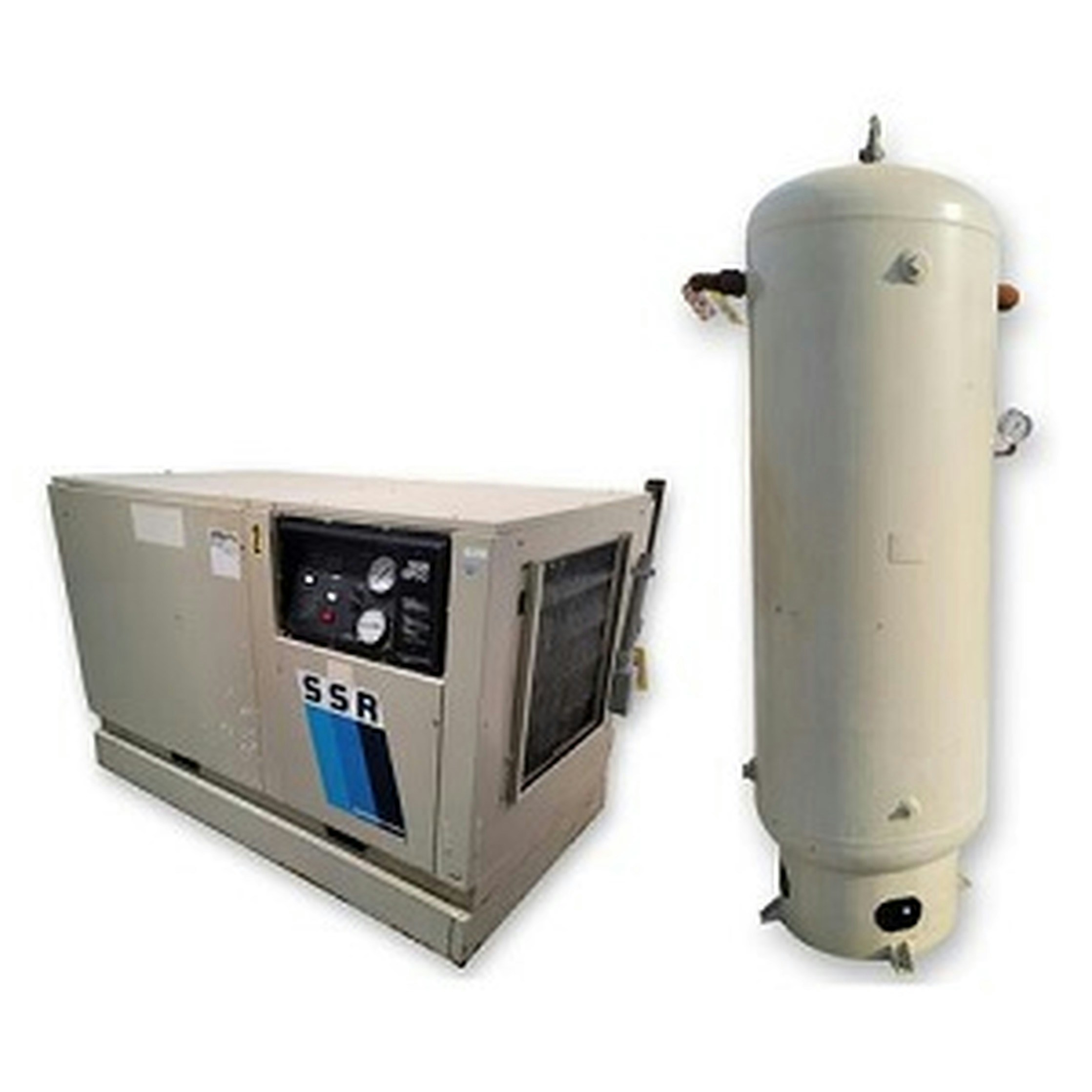Understanding Air Compressors and Their Applications
Air compressors serve a critical role in numerous industries and applications by converting power into potential energy stored as pressurized air. The process begins when a motor drives a piston or a rotary screw mechanism, which compresses the air. This compressed air is then stored in a tank and can be used for various tasks ranging from powering tools to inflating tires.
Air compressors come in several types tailored to specific tasks. Portable air compressors are lightweight and designed for mobility, making them ideal for home improvement projects or on-site jobs. They often supply air for pneumatic tools such as nail guns, impact wrenches, and spray guns. Stationary air compressors, in contrast, are typically installed in workshops or industrial settings, where higher air flow and pressure are essential. These compressors cater to heavy-duty applications, including automotive repairs and manufacturing processes.
Industrial air compressors are designed for the most demanding environments. They can provide significant air output while maintaining reliability and efficiency. Industries such as construction, manufacturing, and agriculture heavily rely on these compressors for powering equipment, operating machinery, and increasing productivity.
The versatility of air compressors extends beyond professional use. DIY enthusiasts also benefit from smaller, portable models that can be used for various home tasks, like painting, inflating sports equipment, or powering airbrushes. Understanding the different types and their applications is essential for selecting the right compressor that meets specific needs. Evaluating requirements such as tank size and CFM (Cubic Feet per Minute) ratings further aids in making an informed decision when purchasing an air compressor that aligns with your intended uses.
Deciphering Tank Size: Choosing the Right Capacity
The tank size of an air compressor is a pivotal factor that significantly influences its performance, usability, and suitability for various tasks. Understanding the capacity of an air compressor tank can help users make informed decisions based on the specific demands of their projects. Generally, air compressor tanks range in size from small portable units with a capacity of around 1 gallon to larger stationary models that can exceed 80 gallons.
A larger tank size typically allows for a greater volume of air to be stored, which can be advantageous for demanding applications that require sustained high airflow. For instance, if you frequently engage in tasks like sandblasting or industrial painting, a compressor with a larger tank may be necessary to maintain a consistent pressure and reduce the frequency of restarts. Conversely, a smaller tank may suffice for lighter applications, such as inflating tires or powering pneumatic tools intermittently.
Choosing the right tank capacity also involves evaluating the tools you plan to use and their CFM (Cubic Feet per Minute) requirements. CFM ratings indicate how much air is delivered by the compressor and directly correlate to tank capacity and performance. A compressor with a lower CFM rating paired with a larger tank can provide adequate air supply, but this combination may lead to inefficiencies depending on the tasks at hand.
Moreover, understanding the relationship between tank size and compressor operation efficiency is crucial. A larger tank necessitates more power to fill, which could lead to increased energy consumption. Therefore, users must balance the need for air availability with operational costs and space considerations. Ultimately, selecting the ideal tank size should take into account the frequency of use, specific air requirements, and the types of projects planned.
CFM Requirements: What You Need to Know
When selecting the right air compressor for your needs, understanding Cubic Feet per Minute (CFM) is vital. CFM is a measurement that indicates the volume of air an air compressor can deliver. It is crucial for ensuring that the tools and equipment powered by the compressor perform efficiently and effectively. Each tool has specific air requirements, typically detailed in its specifications, and knowing how to match these with your compressor’s CFM output is essential for optimal functionality.
To start, you can determine your CFM needs by reviewing the tools you plan to use. For example, pneumatic tools such as nailers, sanders, and spray guns each have a designated CFM rating required for optimal performance. It is imperative to note that if you intend to operate multiple tools simultaneously, you must sum their CFM requirements to determine the total CFM needed. A general rule of thumb is to have a compressor that can provide at least 1.5 times the total CFM of all tools used at once, ensuring there is enough air supply during peak operations.
Moreover, it’s essential to consider pressure requirements alongside CFM. Tools operate effectively within a specific pressure range, so the compressor must maintain adequate PSI (Pounds per Square Inch) while delivering the necessary CFM. This relationship may often lead to misconceptions about the ratings of some compressors. For instance, a compressor with a high CFM rating may not always be suitable if it cannot maintain the necessary pressure under load.
In summary, understanding CFM is fundamental for choosing the right air compressor tailored to your specific needs. It not only influences the compatibility with your tools but also ensures that they operate seamlessly, enhancing productivity and efficiency in your tasks.
The Essential Numbers: PSI and Duty Cycle Explained
When purchasing an air compressor, understanding the essential specifications is crucial. Among these, two of the most significant metrics are PSI (Pounds per Square Inch) and duty cycle. PSI indicates the pressure level that an air compressor can generate. It is a vital measurement that affects the performance of various tools and applications, from inflating tires to powering pneumatic equipment. Higher PSI ratings usually allow for a wider range of applications, ensuring that the compressor can handle tasks that require more pressure.
The importance of PSI varies based on the intended use. For instance, light-duty tasks like inflating balls and bicycle tires may only require a compressor with a PSI rating of around 30-50. However, for more demanding activities, such as operating impact wrenches or sanders, a unit with a higher PSI, often in the range of 90-150 PSI, is essential. Users should carefully assess their specific requirements to choose a compressor that will deliver the necessary pressure for their tools to function effectively.
Alongside PSI, the duty cycle is another critical aspect to consider. The duty cycle refers to the amount of time an air compressor can operate continuously before it needs to cool down. It is typically expressed as a percentage, representing the minutes of use within a certain time frame. For example, a compressor with a duty cycle of 50% can run for six minutes within a ten-minute period, followed by a four-minute cool-down. Understanding the duty cycle is fundamental for users who require a continuous output of air, as it helps prevent overheating and potential damage to the compressor. In contrast, those requiring intermittent use may opt for compressors with a shorter duty cycle.
In summary, PSI and duty cycle are vital specifications that significantly impact the selection of an air compressor. Understanding these metrics ensures that users can select the right compressor for their specific needs, ultimately enhancing performance and prolonging equipment life.
If you’re interested in purchasing the item you seek, please click the link for additional details: #americanachoice.
https://amzn.to/3SBN3Oy
AFFILIATE DISCLOSURE: I am an affiliate for this company, I am not a paid employee.
I may receive a commission if you click a link on this page and choose to purchase something.
You can rest assured I will only share things I believe in and will be valuable to you.



